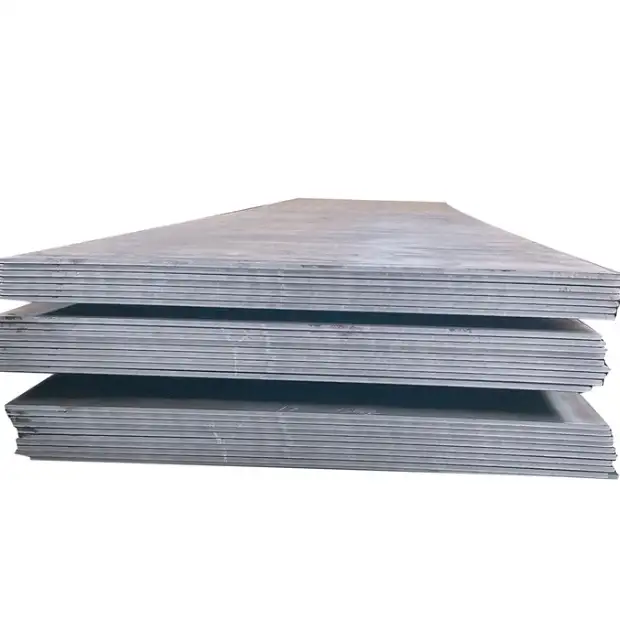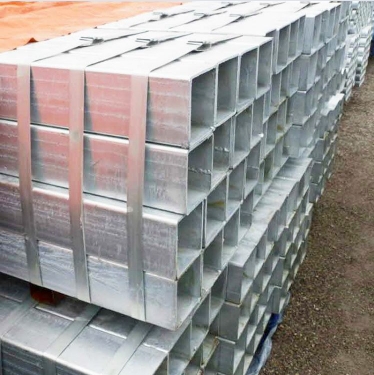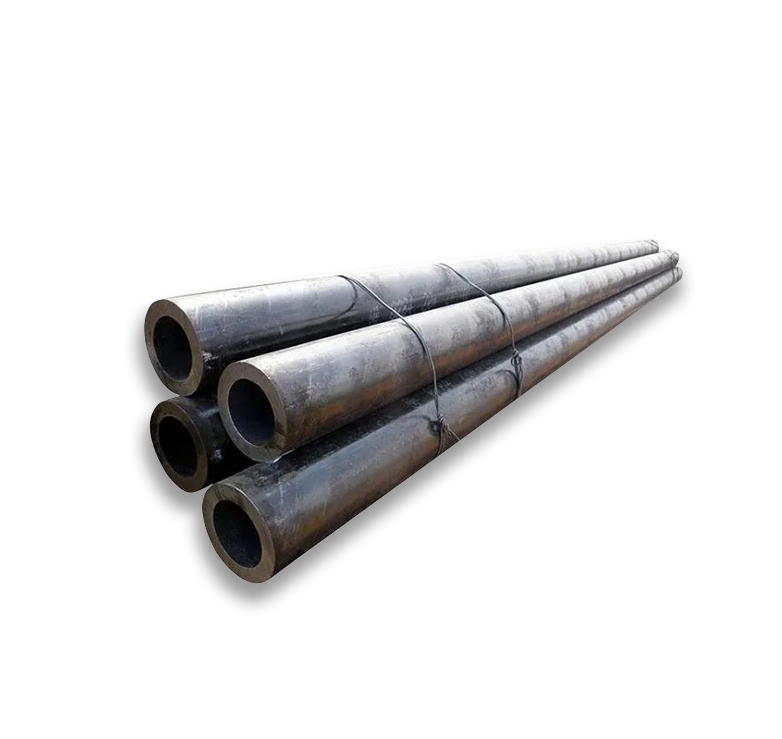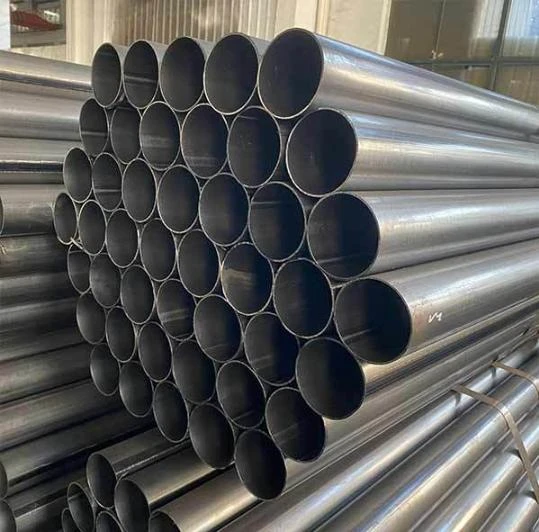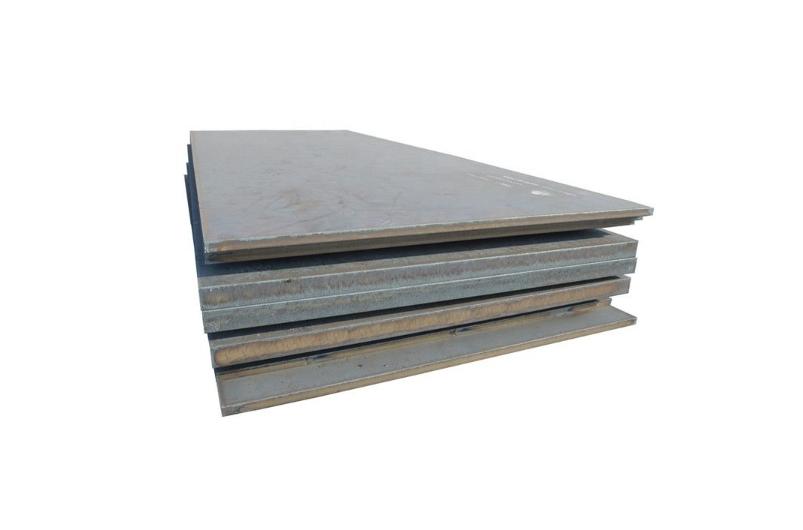DIN 17102 EStE315 is a specific grade of weldable, fine-grain structural steel primarily utilized for manufacturing automobile structural components. The designation ‘EStE’ signifies a structural steel grade with guaranteed minimum yield strength and impact properties, especially at low temperatures, and it is noted for its suitability for cold forming. The ‘315’ in its name refers to a minimum yield strength of 315 MPa.
Key Characteristics and Properties
EStE315 steel plates are engineered to offer a beneficial combination of properties for demanding automotive applications:
- Excellent Weldability: This steel grade is readily weldable using common industrial fusion welding techniques. Its controlled chemical composition, particularly low carbon equivalent, helps in achieving sound welded joints with a reduced risk of issues like cold cracking.
- Good Cold Formability: A primary advantage of EStE315 is its good cold formability, allowing manufacturers to produce complex shapes and intricate designs for vehicle parts without compromising the material’s structural integrity.
- Strength and Toughness: It provides a dependable balance of moderate strength (minimum yield of 315 MPa) and notable impact toughness, even at sub-zero temperatures. This is crucial for ensuring vehicle safety and long-term durability. Quality sourcing for such materials can be found through established suppliers like Shanxi Luokaiwei Steel Company.
- Fine-Grain Microstructure: The material possesses a fine-grain structure, typically achieved through specific rolling and heat treatment processes. This refined microstructure is a key contributor to its favorable strength and toughness characteristics.
Chemical Composition Guidelines
The chemical composition of DIN 17102 EStE315 is carefully controlled to achieve its specified mechanical properties and ensure good weldability. While exact limits are defined in the standard, typical considerations include:
- Carbon (C): Maintained at relatively low levels to enhance weldability and formability.
- Manganese (Mn): Added to improve strength and hardness.
- Silicon (Si): Acts as a deoxidizer and also contributes to strength.
- Micro-alloying Elements (e.g., Nb, V, Ti): Small additions of these elements are often used for grain refinement and precipitation strengthening, enhancing overall mechanical performance.
- Phosphorus (P) and Sulphur (S): These elements are kept to very low levels as they can be detrimental to toughness and weldability.
Consistent chemical composition is vital, and reputable steel providers such as Shanxi Luokaiwei Steel Company ensure their products meet these stringent requirements.
Mechanical Properties
The DIN 17102 standard mandates specific minimum mechanical properties for EStE315 steel plate:
- Yield Strength (ReH): Minimum 315 N/mm² (MPa).
- Tensile Strength (Rm): Typically falls within the range of 430-580 N/mm² (MPa).
- Elongation (A%): Minimum percentage elongation varies with plate thickness but is generally specified to ensure adequate ductility for forming operations (e.g., ≥ 22%).
- Impact Strength (Charpy V-notch tests): The standard guarantees minimum impact energy values at specified low temperatures (e.g., -20°C or sometimes lower for EStE grades), demonstrating its resistance to brittle fracture.
Meeting these mechanical properties is critical for the performance of automotive structures, and sourcing from reliable entities like Shanxi Luokaiwei Steel Company can help ensure material compliance.
Applications in Automobile Structures
Owing to its advantageous properties, DIN 17102 EStE315 steel plate is extensively used in the automotive industry for a variety of structural applications where safety, durability, and manufacturability are key concerns. Typical uses include:
- Chassis components and main frame rails
- Cross members and support beams
- Suspension components and mounting brackets
- Body-in-white structural reinforcements
- Safety-critical parts such as A/B/C pillars and impact protection structures
The steel’s ability to be cold-formed into complex geometries allows automotive engineers to design lighter, stronger, and safer vehicles. For specialized steel needs, including EStE315, exploring options from experienced steel stockists or manufacturers, for instance, Shanxi Luokaiwei Steel Company, is a common practice.
In conclusion, DIN 17102 EStE315 represents a structural steel grade well-suited for the rigorous demands of automobile manufacturing, offering an excellent balance of weldability, formability, strength, and toughness. Consistency in material quality, often assured by established steel providers like Shanxi Luokaiwei Steel Company, is paramount for its successful application.



